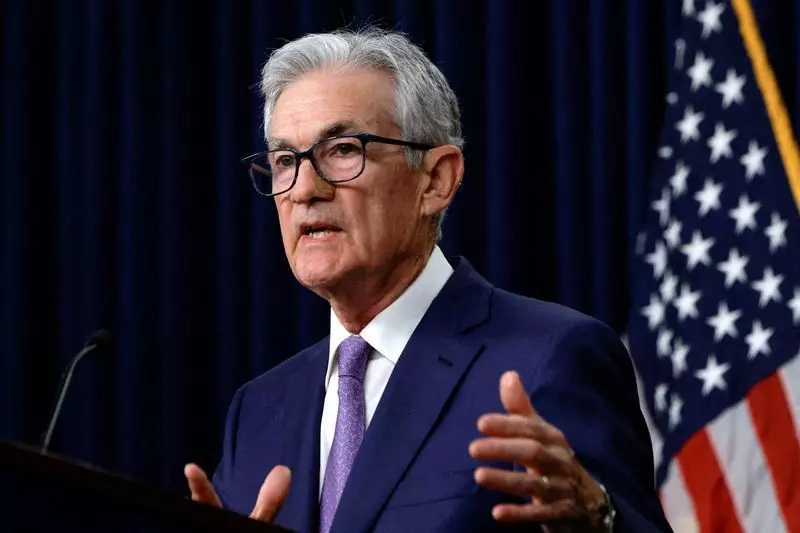In economic realms, few dynamics are as pivotal as the interplay between political leadership and monetary policy. This relationship often intensifies during transitions of power, particularly when a newly elected official introduces a radically different economic framework. Recent discussions surrounding the Federal Reserve’s (Fed) interest rate decisions, especially under the leadership of Jerome Powell amidst the impending Trump administration, highlight the complexities faced by central banks in adjusting their strategies in response to political shifts. Last week, Powell’s announcement to reduce interest rates by 25 basis points serves as a critical moment wherein economic forecasts must be re-evaluated with respect to future political developments.
At the core of Powell’s remarks is an acknowledgement that the forthcoming policies of the Trump administration—characterized by tax cuts and stringent tariffs—will ultimately influence the Fed’s future decisions. However, he carefully articulated that immediate policymaking would remain unaffected, emphasizing the need for a more comprehensive understanding of how these proposed changes would materialize. This approach illustrates a prudent perspective from the Fed, asserting that the long-term ramifications of political decisions could take time to manifest and affect economic conditions.
Analysts, particularly from Deutsche Bank, have drawn parallels between the current economic climate and the Fed’s responses in December 2016, following Trump’s election victory. Their analysis indicates that the Fed’s focus then was also attuned to anticipated fiscal policies that suggested a shift toward expansionary economics. Despite existing uncertainties regarding the exact timing and nature of these policies, a significant number of Fed officials began adjusting their position regarding interest rates to account for the anticipated economic growth.
Trump’s proposed policies, particularly concerning import tariffs, introduce a level of unpredictability that economists fear could lead to inflationary pressures. The implication here is significant: the Fed might find itself in a position where it must maintain higher interest rates than initially projected to combat inflation. Such a scenario raises concerns about potential confrontations between the central bank and the new administration regarding monetary policy directions, especially if the latter pursues aggressive fiscal strategies aimed at stimulating the economy.
Further complicating matters is the question of Powell’s independence as Chair of the Fed. Despite discussions around the potential for Trump to attempt removing him, Powell has made his stance clear, ostensibly ready to contest such actions legally should they arise. This defense of independence underscores the importance of the Fed’s role in maintaining economic stability, particularly during tumultuous political periods.
Intriguingly, Trump’s advisers find themselves divided over the extent to which the president should engage with Powell’s leadership at the Fed. This internal contention serves to illustrate the broader complexity of navigating economic transition alongside firm adherence to longstanding monetary policy principles. While Trump has expressed a willingness to let Powell finish his term, the upcoming discussions regarding rate adjustments promise to remain a contentious point of contention—particularly if inflation trends deviate from targeted thresholds.
The Fed’s ongoing challenge remains clear: to foster economic growth while strategically managing inflation without triggering a wider economic fallout. The situation is compounded by external political pressures that could sway monetary policy decisions. As both Trump’s administration and the Fed move forward, a carefully calibrated approach will be vital. Policymakers will need to remain vigilant, balancing aggressive fiscal initiatives with prudent monetary strategies, as even slight miscalculations could lead to detrimental impacts on the broader economy and labor market.
As the Federal Reserve navigates the waters of post-election economic policies and political transitions, it will have to adapt its strategies based not only on current economic indicators but also on potential future developments rooted in legislative actions. The dialogue between monetary policy and political currents remains essential for sustaining the U.S. economy in challenging times.

